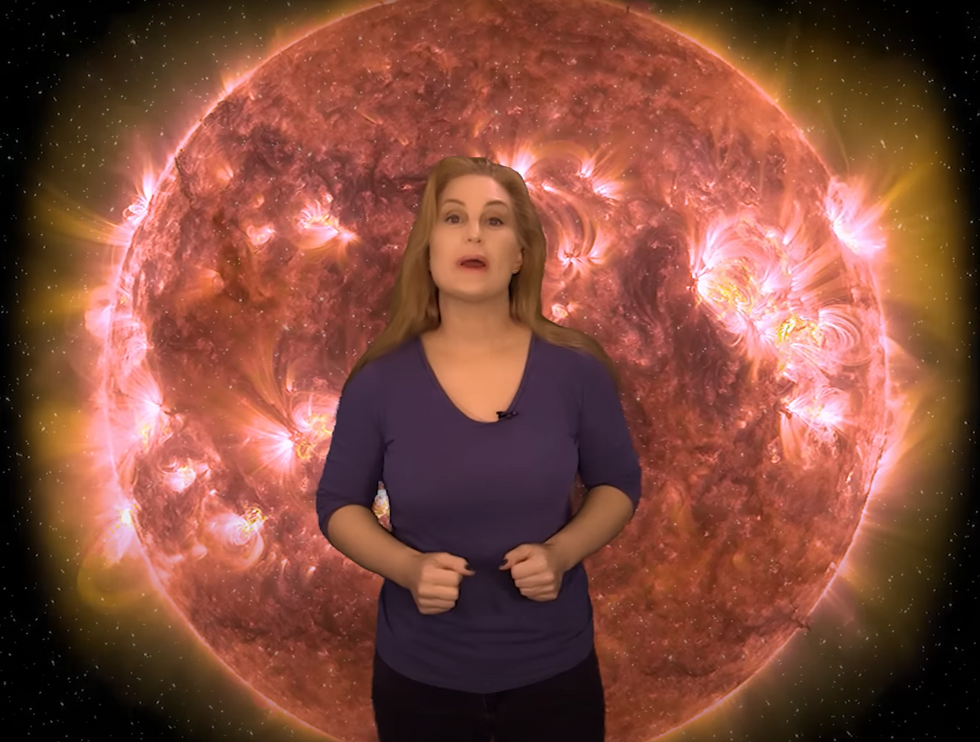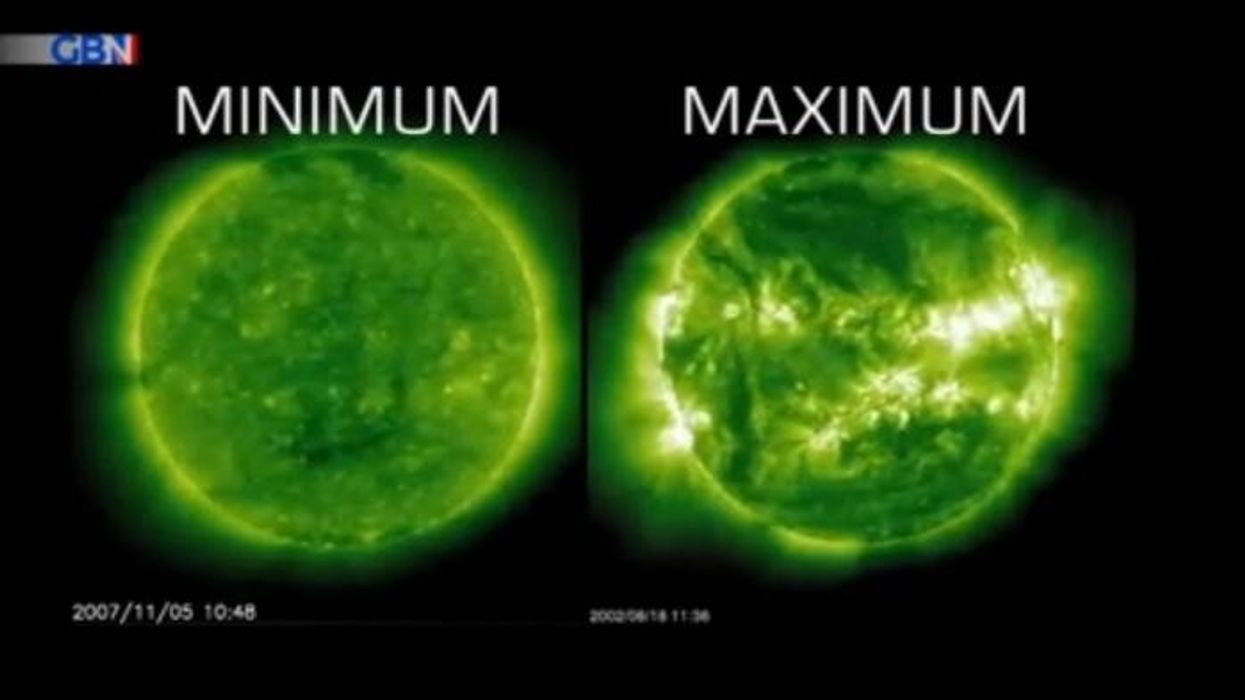Earth to be struck by two solar storms that risk causing major radio blackouts

The flare from 3559 disrupted radio communications over the South Pacific Ocean, Fiji and the northeast coast of Australia
Don't Miss
Most Read
Two solar storms which could cause radio blackouts will strike Earth this week, an expert has warned.
A top physicist warned the sun looks set to release two powerful streams of energised particles.
The energised particles have a 75 per cent chance of causing blackouts on Tuesday and Wednesday.
Some of the affects will carry over into Thursday just days after one on Monday disrupted communications over the Pacific Ocean.

Two solar storms risk causing radio blackouts will strike Earth
|GETTY
Dr Tamitha Skov said the flare released on Sunday was “the largest we have seen in weeks”.
She also claimed blackouts had been experienced over Australia and the Asian Pacific, a report from The Daily Mail has claimed.
Skov said: “NOAA is giving us a 75 percent chance for M-class flares [radio black out causing flares] over the next three days while [two sunspots] are still in Earth view.
“Along with the warnings for HF [high frequency] radio, GPS users are advised to stay vigilant, especially in the hours near dawn and dusk because GPS/GNSS [Other Global Navigation Satellite Systems] signal reception can be easily degraded at those times when flares are active.”
LATEST DEVELOPMENTS:
Dr Tamitha Skov said the flare released on Sunday was “the largest we have seen in weeks”
|YOUTUBE/DR TAMITHA SKOV
Two active sunspots, 3559 and 3561, released coronal mass ejections just one day apart.
CMEs are capable of ejecting billions of tonnes of corona material from the sun’s surface.
NOAA uses a five-level system called the S-scale, to indicate the severity of a solar radiation storm.
Data showed that the flare from 3559 disrupted radio communications over the South Pacific Ocean, Fiji and the northeast coast of Australia.

The sun pictured in a NASA handout
|GETTY
Skov added: “The storm, which launched on the 21st, is predicted to hit today and indeed looks like it will be a glancing blow as well (this time to the south of Earth).”
“I say this because the neutron monitors [ground-based detectors that measure particles from space] are indicating a big solar storm is in the vicinity of Earth now.
“We may still get a side-swipe by its flank (or edge) later today, but the NASA Moon to Mars (M2M) Space Weather Analysis Office’s predictions for this scenario show only active conditions, meaning we will not even reach G1-storm levels.”
Skov also noted that it resulted in some minor issues for high-frequency radio communications near the equator and South American regions.











